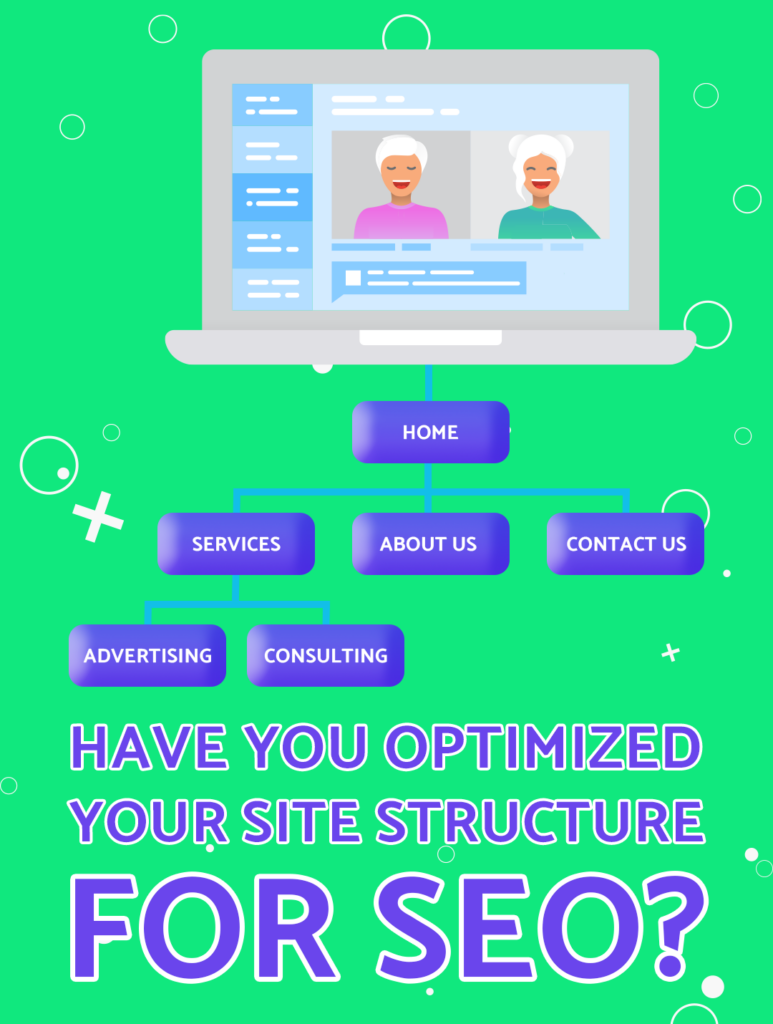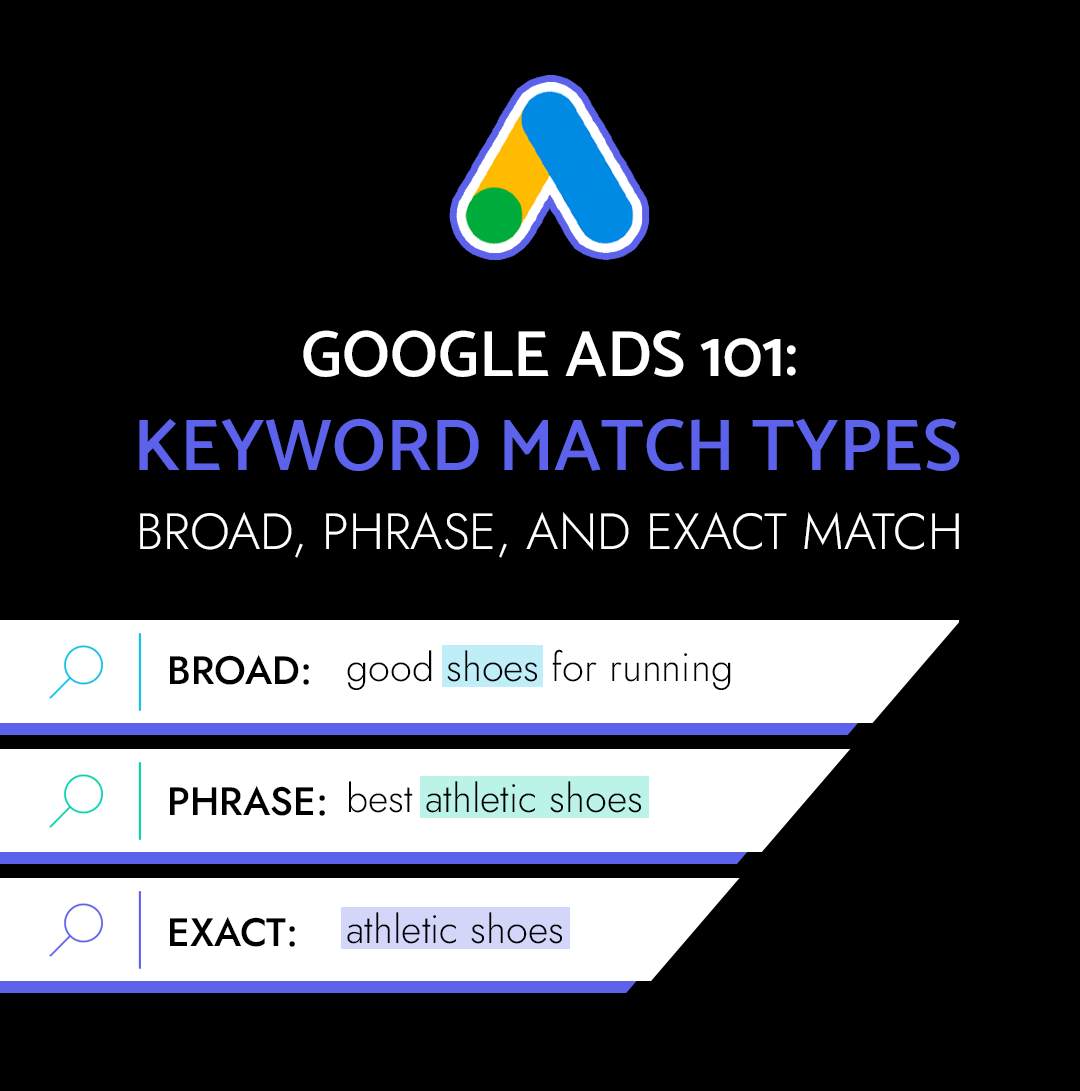Why does website structure matter for your online success? It’s simple: a well-organized website not only enhances user experience but also strengthens your SEO efforts. In this article, you’ll discover the principles of sound website structure and learn techniques to structure your site effectively, helping both users and search engines navigate your content with ease.
Key Takeaways
- A well-structured website is crucial for both enhanced user engagement and improved SEO, contributing to the discoverability and indexing of pages by search engines through clear navigation, architecture, and internal linking.
- Website structures come in various forms, including hierarchical, sequential, matrix, and database arrangements, each offering unique benefits for content organization, user navigation, and management of large volumes of data or dynamic content.
- Ongoing maintenance of website structure is important, involving regular reviews, updating content, optimizing internal linking and navigation, as well as addressing common issues such as linking problems, taxonomy and classification, and ensuring mobile responsiveness.
Understanding Website Structure
In essence, website structure pertains to the organization and interconnections of your web pages. Much like the blueprint of a building, it lays out the framework for your website, guiding both users and search engines through your site’s content. A well-structured website helps search engines like Google comprehend your site’s intent and content, contributing to the indexing of your pages and enhancing your site’s SEO performance.
The influence of website structure on SEO is quite significant. A well-organized website facilitates clear navigation, architecture, and internal linking. This enhances your site’s SEO by creating link equity, which helps search engines discover and index your site’s pages effectively.
Components of Website Structure
What comprises an effective website structure? The essential elements encompass:
- A well-organized navigation menu
- Compelling call to action
- Easily readable typography
- Relevant content
- Appealing visual design
- Web-compatible elements
- User interaction
- Accessible information
Your website’s structure embodies the arrangement and linking of pages on your site. This involves the hierarchical organization of your web pages and the implementation of internal links to establish relationships between relevant pages. Grasping how search engines operate is key to enhancing your website structure for improved SEO performance.
How Search Engines Interpret Website Structure
Search engines utilize automated software programs, known as crawlers, to locate and index web content. To understand how search engines work, it’s important to note that these crawlers visit web pages, retrieve text, images, and videos, and even navigate through links on pages to discover new URLs. Website owners need this process to guarantee their content is visible and indexed by search engines.
The structure of your website influences how your content is indexed and ranked in search results. A structured website boosts SEO traffic and conversion rates. It facilitates the discoverability and indexing of crucial pages by search engines, thereby affecting your website’s search engine rankings.
Types of Website Structures
Four main types of website structures exist:
- Hierarchical
- Sequential
- Matrix
- Database
Each of these structures offer unique attributes and applications that can be leveraged according to your website’s specific needs.
A hierarchical website structure, for example, is particularly effective for organizing content, improving navigation, and managing large volumes of data, as commonly seen in e-commerce websites. On the other hand, a sequential website structure is characterized by guiding users through a step-by-step process, organizing its content in a linear flow.
A matrix website structure offers unrestricted access and multiple entry points to all content on the website. Lastly, a database website structure, also referred to as a dynamic structure, is responsible for organizing and managing website content using a database.
Hierarchical Structure
A hierarchical website structure is characterized by a single parent page with several child pages arranged in a tree-like fashion. This structure is most effective for content organization, navigation improvement, and the management of substantial data volumes, as seen in e-commerce websites.
Implementing a hierarchical website structure provides the benefit of enabling intuitive navigation, allowing users to easily locate pertinent content through a clear and predictable pathway. This structure aids in organizing information in a logical manner that is in line with users’ typical information processing.
Sequential Structure
A sequential website structure, on the other hand, guides users through a series of steps or sequence. This structure is characterized by directing users by arranging the pages from an initial point to a final destination in a linear progression.
Websites that incorporate step-by-step registration procedures, account creation, or e-commerce platforms that require users to follow a specific flow or process significantly benefit from a sequential structure. For example, Growth Design’s UX case study pages and wikiHow.com are both excellent examples of websites that have effectively implemented a sequential structure.
Matrix Structure
A matrix website structure offers visitors:
- Unrestricted access to all content on the website
- Multiple entry points to the content
- The ability to navigate through categories, sub-categories, and individual pages without a specific sequence
This structure provides a more flexible and user-friendly experience for website visitors.
Matrix structure improves user navigation by offering a versatile and personalized navigation experience, empowering users to chart their own course by navigating through various categories and subcategories.
Websites such as online newspapers, online resources, large eCommerce websites, and sites like Wikipedia utilize Matrix Structure to manage and present their vast array of information.
Database Structure
Lastly, a database website structure organizes and manages website content through a database. It is most advantageous in scenarios where there is a substantial volume of content that necessitates dynamic organization and access. This structure facilitates seamless content management, effective search capabilities, and personalized user experiences.
The implementation of search functionality in a database-driven website structure involves the utilization of a search engine database with capabilities for quick information retrieval through search queries. This is made possible through the use of web crawlers that index web pages for efficient data retrieval, similar to how a Google search operates.
Building an Effective Website Structure
Several key steps are involved in building an effective website structure. From planning your site’s architecture, optimizing internal linking, to designing intuitive navigation, each step plays a crucial role in shaping your website’s structure.
Keep in mind that constructing an effective website structure isn’t a one-off task. It requires continuous effort, regular reviews, and updates to keep up with your evolving business needs and trends in user behavior.
Planning Your Site’s Architecture
The first step in constructing an effective website structure is planning your site’s architecture. This process involves understanding your audience’s preferences, your business goals, and how your content can be organized to meet these needs.
Creating a site architecture plan involves:
- Defining your primary and secondary navigation
- Setting solid website architecture goals
- Understanding the target audience
- Analyzing the competitive landscape
- Identifying and planning technical pages for indexing.
Optimizing Internal Linking
A vital part of an effective website structure is internal linking. By creating links between related content on your website, you can guide users through your site and help search engines understand the relationship between your pages.
Optimizing your internal linking strategy involves ensuring well-structured internal links pointing within the site, linking relevant pages together, and using descriptive anchor text. These practices can improve both SEO and user experience, driving more traffic to your site and keeping users engaged.
Designing Intuitive Navigation
Intuitive navigation design aims to simplify the user’s journey in finding what they need on your website. This involves:
- Keeping your interface simple and consistent
- Using user-centric labels
- Meeting user expectations
- Drawing on familiar navigation patterns
To ensure clear website navigation, it’s important to:
- Label your menu with the word ‘menu’
- Prioritize accessibility
- Optimize the user experience
- Adhere to straightforward designs
- Ensure that the navigation is clear, simple, and visible.
Enhancing SEO through Website Structure
Your SEO can be significantly improved with an effective website structure. This involves optimizing your URLs, implementing HTML and XML sitemaps, and leveraging topic clusters and cornerstone content.
Optimizing your URLs for SEO involves:
- Keeping them simple, concise, and relevant to the page content
- Improving user experience
- Helping search engines understand and index your content more effectively.
URL Optimization
A fundamental aspect of search engine optimization, including search engine marketing, is URL optimization. By keeping your URLs clear, concise, and relevant to your content, you can help search engines understand what your page is about and how it fits into the overall structure of your website.
Using relevant keywords in your URLs can enhance readability, provide users with a clear understanding of the page’s content, and improve the overall user experience. One essential aspect of this process is keyword research, which helps identify the most effective terms to use.
Implementing HTML and XML Sitemaps
Sitemaps serve as indispensable tools in revealing your website’s structure to users and search engines. HTML sitemaps enhance the user experience by providing a clickable list of pages on your website. On the other hand, XML sitemaps aid search engines in discovering and crawling your site’s pages effectively.
Creating an HTML sitemap for your website involves using online tools such as SERPstat or Netpeak. These tools enable you to input the URL of your site and automatically generate the sitemap.
Leveraging Topic Clusters and Cornerstone Content
In boosting your website’s SEO, topic clusters and cornerstone content play a significant role. Topic clusters are collections of webpages aimed at establishing expertise in a specific topic, while cornerstone content refers to the most significant and high-quality articles on your website.
To effectively utilize topic clusters and cornerstone content together, it’s important to develop a pillar page that thoroughly addresses a central topic. You can then create interconnected content around this pillar page, incorporating links back to it and interlinking within the cluster.
Maintaining and Updating Website Structure

The upkeep and updating of your website structure hold equal importance to its construction. This involves regularly reviewing and adjusting your site structure, managing outdated content, and improving internal linking and navigation.
For businesses, it’s generally recommended to review and adjust the website structure at least once per quarter to ensure that the structure remains effective and aligned with company goals.
Reviewing and Adjusting Site Structure
Reviewing your website structure on a regular basis aids in pinpointing areas for enhancement and assuring alignment with your business goals. This process involves understanding your audience’s preferences, your business goals, and how your content can be organized to meet these needs.
Creating a site architecture plan involves:
- Defining your primary and secondary navigation
- Setting solid website architecture goals
- Understanding the target audience
- Analyzing the competitive landscape
- Identifying and planning technical pages for indexing.
Managing Outdated Content
An integral part of website structure maintenance is the management of outdated content. This involves updating or removing content that is no longer relevant or accurate, which can significantly improve your SEO and drive more traffic to your website.
To manage outdated content effectively, it’s important to conduct regular website audits to identify and address incorrect or out-of-date content. Updating or removing outdated content can significantly improve SEO and drive traffic to the website.
Improving Internal Linking and Navigation
Persistent improvement of your internal linking and navigation is vital for boosting user engagement and SEO performance. By creating links between related content on your website, you can guide users through your site and help search engines understand the relationship between your pages.
Optimizing your internal linking strategy involves ensuring well-structured links within the site, linking relevant pages together, and using descriptive anchor text. These practices can improve both SEO and user experience, driving more traffic to your site and keeping users engaged.
Identifying and Resolving Common Website Structure Issues
You may encounter some common website structure issues despite your best efforts. Identifying and resolving these issues is crucial for maintaining the effectiveness of your website structure. These issues may include linking problems, issues with taxonomy and classification, and lack of mobile responsiveness.
Addressing these issues involves employing various strategies, such as:
- Performing regular website audits
- Gathering customer feedback to determine the optimal structure
- Implementing error handling and recovery mechanisms to address user categorization errors.
Linking Problems
User navigation can be disrupted and your website’s SEO can be reduced due to linking problems. These problems can include broken links, hidden important pages, and excessive links on a page. Resolving these issues involves using tools to detect and rectify broken internal links and performing site audits to identify and address common internal linking problems.
Addressing linking issues can significantly improve user navigation and the health of your SEO. This involves resolving issues such as click depth and orphaned pages to ensure that your site remains accessible and easy to navigate.
Taxonomy and Classification
Disruptions in the organization and categorization of your content may be caused by taxonomy and classification issues, resulting in a less intuitive and user-friendly website structure. Resolving these issues involves:
- Reviewing the taxonomy construction
- Gathering customer feedback to determine the optimal structure
- Implementing error handling and recovery mechanisms to address user categorization errors.
Proper taxonomy and classification are crucial for creating a structured and intuitive user experience. This involves implementing a well-defined taxonomy and classification in your website structure, taking into account the influence on search suggestions, post-search refinements, and faceted navigation.
Mobile Responsiveness
In today’s mobile-first world, it’s vital to enhance your website for mobile responsiveness. A mobile responsive website adjusts to the user’s device, ensuring that your website maintains its visual appeal and functionality across various screen sizes and resolutions.
This not only improves the user experience but also enhances your website’s visibility in search engine results, as search engines like Google prioritize mobile-friendly websites in their rankings. Utilizing tools like Google Search Console can further optimize your website for search engine success.
Frequently Asked Questions
What is the structure of a site?
The structure of a site refers to the organization and interconnection of its content and pages, which helps visitors and search engines navigate and understand the website’s content.
What are the five structural elements of a Web page?
The five structural elements of a web page are: header, navigation bar, content area, sidebar, and footer. These elements provide a framework for organizing and presenting information on a website.
What SEO means?
SEO stands for “search engine optimization” and refers to the process of improving a website’s visibility in search engines like Google and Bing. It involves optimizing technical aspects, content, and links to increase relevance and popularity in search results.
What is a matrix website structure?
A matrix website structure allows visitors to access all content on the website through multiple entry points, providing unrestricted access.
What is mobile responsiveness in website design?
Mobile responsiveness in website design means creating websites that can adapt to different devices, ensuring they maintain their appearance and functionality regardless of screen size or resolution.
Summary
In conclusion, mastering the art and science of website structure can significantly enhance your website’s user experience and SEO performance. From understanding the basics of website structure, to planning your site’s architecture, optimizing internal linking, and resolving common website structure issues, each step plays a crucial role in shaping your website’s structure. Remember, a well-structured website not only guides users through your site but also helps search engines understand the relationship between your pages, driving more traffic to your site and boosting your search engine rankings.
If you’re struggling with the current structure of your site, please contact us today at (954) 994-1488 or through our online form!






